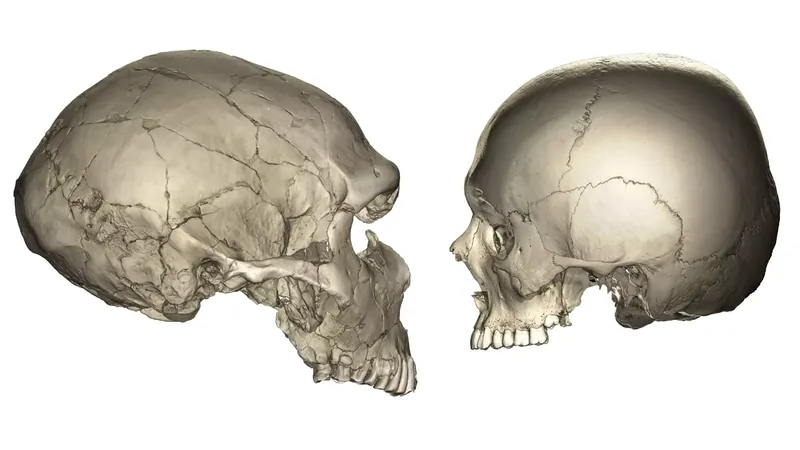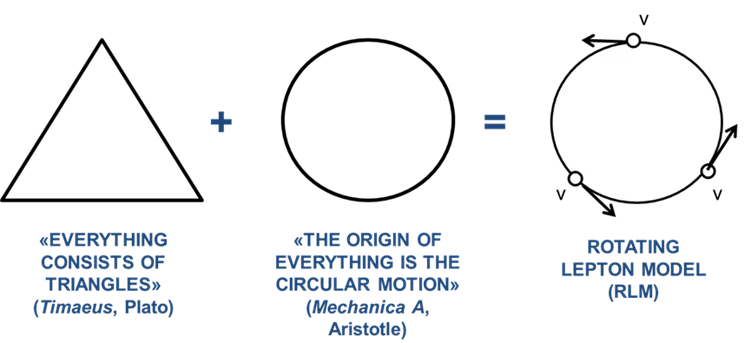
Unveiling the Mystery: Why Do Modern Humans Have Smaller Faces Compared to Neanderthals and Chimpanzees?
2025-03-27
Author: Nur
Modern humans are characterized by their notably small and flat facial structures, a stark contrast to the robust, larger faces of Neanderthals and the prominent features of chimpanzees. This intriguing difference has puzzled scientists for years, but recent research sheds light on the developmental factors that contribute to these variations.
A groundbreaking study led by Alexandra Schuh, a postdoctoral researcher at the Max Planck Institute for Evolutionary Anthropology in Germany, has revealed that the growth patterns of human facial bones differ significantly from those of Neanderthals. While modern human faces grow slowly and cease development during early adolescence, Neanderthals continued to develop their facial features well into early adulthood.
In their research published in the Journal of Human Evolution, Schuh and her team meticulously analyzed the midface region of 174 skulls from Homo sapiens, Neanderthals, and chimpanzees. This comprehensive study provided new insights into facial ontogeny—the process through which the facial bones mature and grow.
To conduct their analysis, the researchers employed advanced techniques such as creating virtual 3D models of the skulls and digitizing over 200 anatomical landmarks on the upper jawbone. They also conducted microscopic examinations to observe bone remodeling processes, specifically bone formation and resorption. These processes are crucial for maintaining the structure and strength of skeletal tissue.
Remarkably, the findings indicated that Neanderthals exhibit a continuous prevalence of bone formation from birth, which results in larger, more pronounced facial features. In contrast, modern humans demonstrated higher rates of bone resorption, contributing to our species' smaller facial structure. "This earlier cessation of growth is a distinctive feature of Homo sapiens," Schuh stated, highlighting the unique developmental patterns observed in our species.
Experts have proposed various theories to explain the larger facial features of Neanderthals. Some suggest that adaptation to cold climates, increased energy requirements, and the consumption of tough foods played significant roles. Others speculate that Neanderthals may have used their teeth as tools, further influencing facial development. Meanwhile, theories regarding humans' smaller faces cite the advent of cooking and increases in brain size as potential factors.
Despite the progress made in understanding how these differences arise, the question of why modern humans evolved uniquely smaller faces remains complex and unresolved. Schuh emphasizes that their study marks an essential step toward unraveling the intricate evolutionary processes that led to these distinctive facial characteristics.
As anthropologists continue to explore the evolutionary pathways of our species, the findings pave the way for further investigation into our past and the remarkable adaptations that define us today. The quest to understand our evolutionary history remains an exciting frontier in paleoanthropology, captivating the scientific community and reshaping our comprehension of what defines us as modern humans.




 Brasil (PT)
Brasil (PT)
 Canada (EN)
Canada (EN)
 Chile (ES)
Chile (ES)
 Česko (CS)
Česko (CS)
 대한민국 (KO)
대한민국 (KO)
 España (ES)
España (ES)
 France (FR)
France (FR)
 Hong Kong (EN)
Hong Kong (EN)
 Italia (IT)
Italia (IT)
 日本 (JA)
日本 (JA)
 Magyarország (HU)
Magyarország (HU)
 Norge (NO)
Norge (NO)
 Polska (PL)
Polska (PL)
 Schweiz (DE)
Schweiz (DE)
 Singapore (EN)
Singapore (EN)
 Sverige (SV)
Sverige (SV)
 Suomi (FI)
Suomi (FI)
 Türkiye (TR)
Türkiye (TR)
 الإمارات العربية المتحدة (AR)
الإمارات العربية المتحدة (AR)